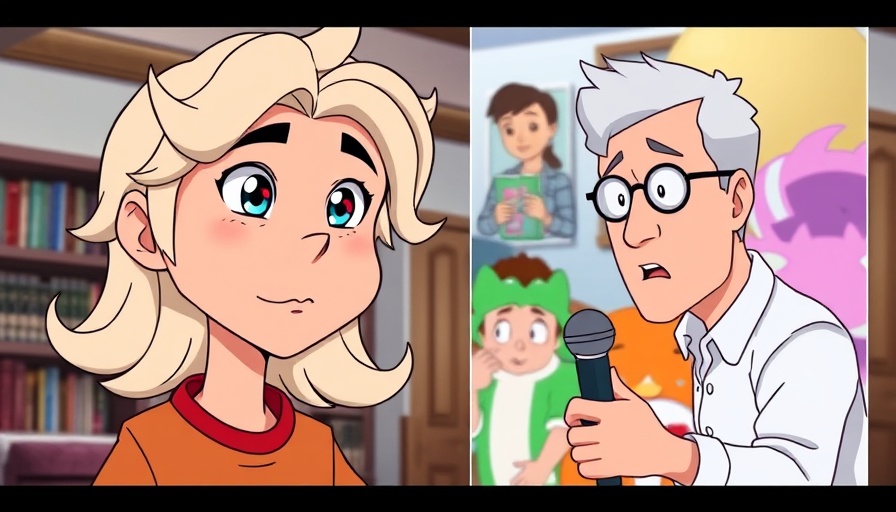
Exploring Beauty Through the Lens of Disney Characters
Have you ever wondered how the beauty standards in our favorite animated films shape our perceptions of beauty? In the fascinating world of Disney, the way characters are designed speaks volumes. From the heroes with their soft, rounded cheeks to the villains with their sharply angled faces, the nuances in these designs can influence our views on beauty and aesthetic ideals.
In 'Do Disney Characters' Cheeks Influence Our Perception Of Beauty?', the discussion dives into how animated designs shape your beauty expectations, exploring key insights that sparked deeper analysis on our end.
Cheek Structure: Heroes vs. Villains
Disney heroes often exhibit traits that are endearing and relatable. Their cheeks are typically more rounded and less pronounced, providing a softer appearance that many people find appealing. This design choice crafts a character that feels friendly and approachable, evoking a sense of trust and relatability. Conversely, Disney villains are often portrayed with exaggerated and pointed cheekbones, pointing towards a more menacing presence. The distinction is stark, and it reinforces the stereotype that beauty and goodness go hand-in-hand, while sharp features might signify deceit and wickedness.
The Impact of Aesthetic Choices
These design choices do not occur in a vacuum. They mirror cultural perceptions about beauty, subtly sending messages about what we should aspire to look like. In recent years, the phenomenon of cheek contouring—where makeup techniques create the illusion of more defined cheekbones—has echoed these ideals and transformed the ways in which many people view their own facial features. Disney's artistic decisions may be leading us down a path of cosmetic influence, particularly as we feel drawn to mimic those markers of beauty.
Understanding the Cultural Context
Understanding how Disney characters affect our perception requires some historical context. Over the decades, animated characters have evolved, reflecting changing beauty standards in society. For instance, the 1950s Cinderella had petite features, while today’s Moana embraces a fuller and more diverse approach to beauty. This evolution showcases a broader conversation about inclusivity and representation in media. But even with these developments, the age-old hero versus villain framing persists, continuing to influence how we view ideal beauty.
Personal Reflection and Patient Journeys
As a patient care coordinator in cosmetic treatments, I've seen firsthand how characters like these affect people's outlook on beauty. Many individuals come in wishing to reshape or enhance their cheeks, yearning for that coveted look that symbolizes beauty as defined by the characters they grew up with. It's crucial to navigate these conversations delicately, ensuring that they reflect the individual’s wishes and not just a desire to meet external standards rooted in fictional portrayals.
Being Open About Beauty Standards
Discussing beauty around the characters we adore can help foster understanding and acceptance. I encourage you to take a critical lens towards the media you consume. Remember that beauty is subjective, and while Disney characters are designed for storytelling, every person deserves to feel beautiful in their own skin. Individuality is what makes real beauty shine. Instead of seeing rounded cheeks only as a standard to achieve, consider how your unique features contribute to your identity.
Final Thoughts: Embrace Your Unique Beauty
In closing, while Disney characters can undeniably influence our perception of beauty, it's essential to remind ourselves of the diversity of beauty that exists in reality. Everyone has their unique features that deserve acknowledgment, celebration, and love. If you're contemplating cosmetic changes, remember that the best journey is one towards becoming the best version of yourself, free from societal pressures.
 Add Row
Add Row  Add
Add 






Write A Comment